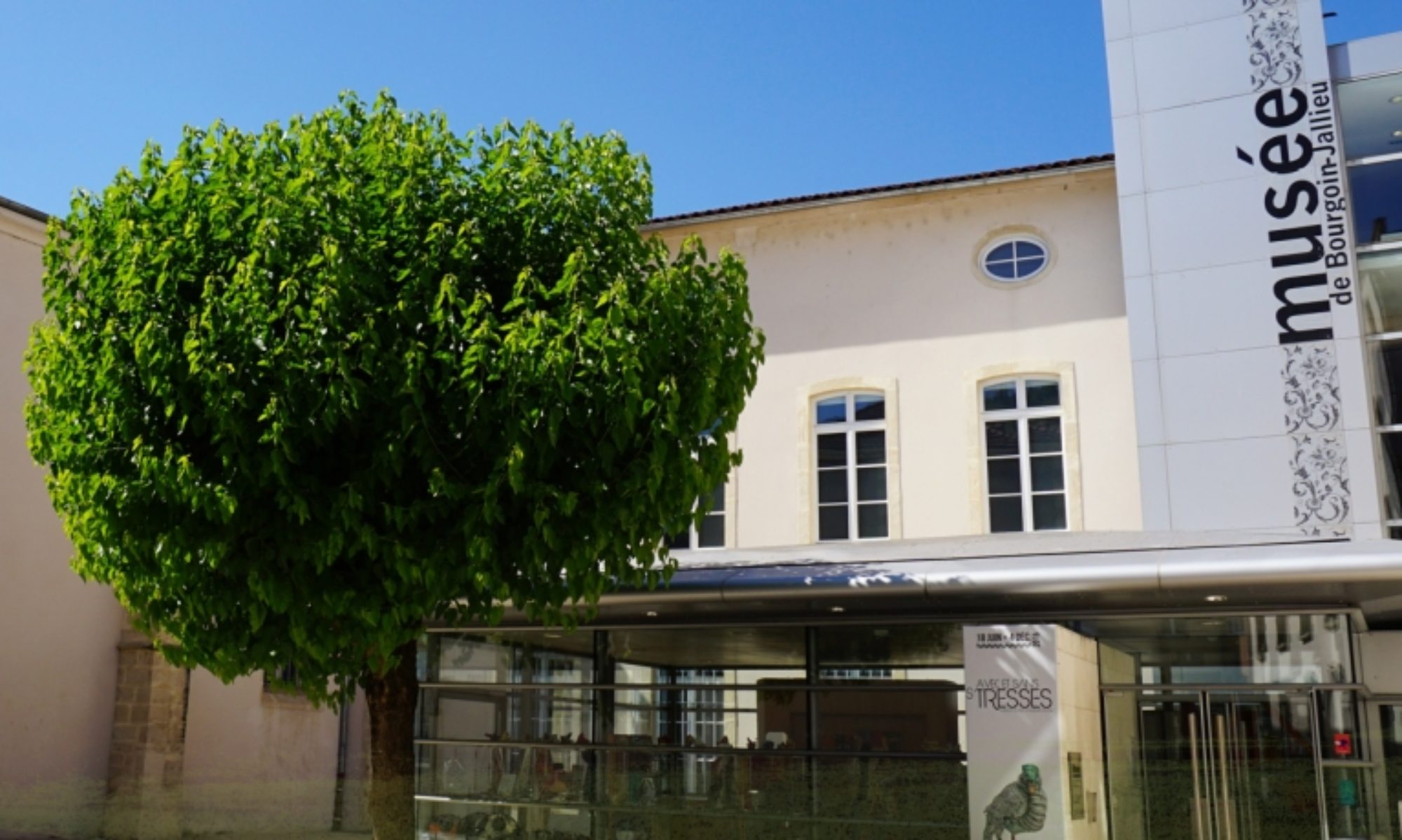This simple and lightweight mechanical Diederichs loom was produced between 1906 and 1968 and was used all over the world. It is a fully automated mechanical loom. On this model, you can see:
- The (vertical) warp threads, attached to their lifting frames. The frames are controlled by a dobby, which is connected to the perforated card system that serves as the machine’s programming system, indicating the required interlacing.
- The cans (or bobbins) of weft threads, loaded into the shuttles located on either side of the loom. These shuttles propel the weft yarns into the empty space known as the shed, where the warp threads have been lifted free.
- The metal-toothed reed, which compresses the weft threads as they are woven.
Below, you will find a video of the process known as drawing-in: the weaver attaches new warp threads, one by one, to the old ones. When all the threads are connected, the fabric is pulled forward, and the new threads naturally follow the old ones through the links and teeth of the reed.

